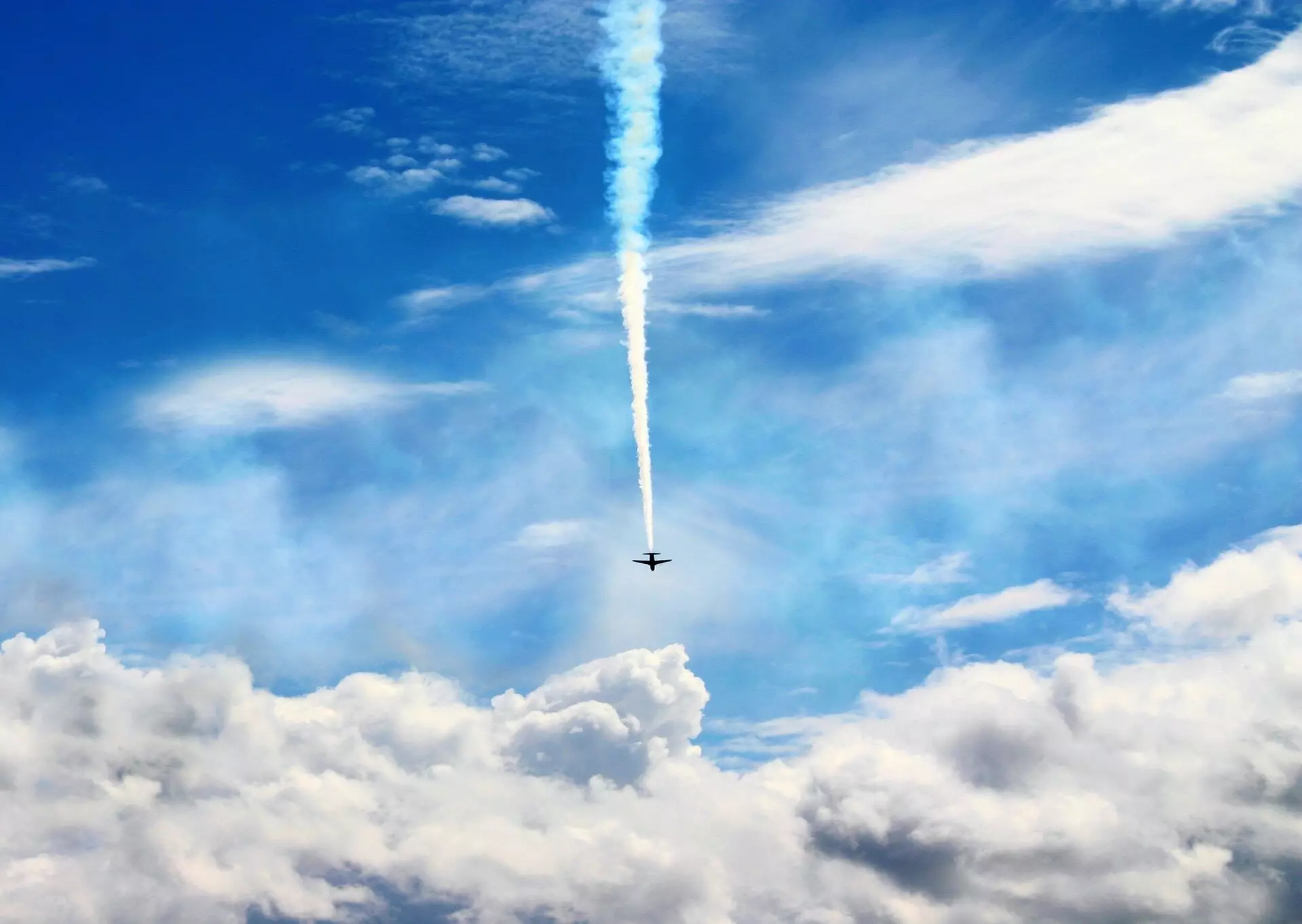Contrails, or condensation trails, are thin white streaks that form in the sky as a result of aircraft engine exhaust. Comprised largely of water vapor, contrails occur when hot, humid air from jet engines mixes with the cold air at high altitudes, leading to condensation and the formation of ice crystals. While these are visually striking phenomena often mistaken for mere clouds, they have significant implications for our climate—contributing to warming through the trapping of heat in the atmosphere. At present, concerns have been raised regarding the growth of these contrails due to modern aircraft technology, suggesting they may pose more of a threat than previously considered.
A recent study conducted by scientists at Imperial College London sheds light on the growing concerns surrounding modern aircraft. The findings indicate that contemporary commercial airliners, like the Airbus A350 and Boeing 787, create contrails that are not only more persistent but also longer-lasting than those produced by their older counterparts. Despite advances in technology that have enabled these aircraft to operate with reduced carbon emissions, their ability to fly at higher altitudes—often exceeding 38,000 feet—contributes to a paradoxical situation where they may exacerbate climate change.
The design of modern aircraft focuses on optimizing fuel efficiency by employing lighter materials and advanced aerodynamics to combat the increased drag faced at lower altitudes. While this approach successfully decreases carbon output per passenger, it inadvertently increases the atmospheric impact through longer-lived contrails. As a result, the aviation industry faces an intricate challenge: how to decrease overall carbon emissions while minimizing the climate implications of contrail formation.
Compounding the dilemma is the emergence of private jets, which produce a surprising number of contrails that have gone largely unrecognized. Traditionally thought to have a negligible impact due to their smaller size, this study reveals a stark reality—the altitude at which private jets operate (often above 40,000 feet) leads them to generate contrails on par with larger commercial jets. This new information raises critical questions about the ethical considerations of private air travel, especially in the context of the elite benefiting from the convenience of personal aircraft at a substantial cost to the environment.
It appears that despite being more fuel-efficient in a traditional sense, the high-altitude operation of private jets results in them contributing significantly to atmospheric heat retention through contrail formation. As these jets frequently fly in less congested skies, they can create contrails that endure longer than those produced in busier airspace, amplifying their climate warming potential.
Potential Solutions: A Call for Action
In light of these findings, researchers suggest straightforward interventions that can mitigate the impact of contrails. One effective strategy highlighted in the study involves reducing the soot emissions generated by aircraft engines. Soot particles are crucial in the formation of contrails, and modern engines that harness cleaner combustion technology tend to produce fewer soot particles. This reduction is key to shortening the lifespan of contrails and consequently the warming effects derived from them.
Dr. Edward Gryspeerdt, the lead author of the study, notes that increased public awareness of this double-edged sword of aviation is imperative. While advancements in aircraft technology have significantly cut carbon emissions, the unintended effects of contrail longevity must not be overlooked. The aviation industry now faces a dual challenge: to enhance fuel efficiency while simultaneously addressing the climatic ramifications of high-altitude flying.
The findings from this groundbreaking study signal a crucial moment for the aviation sector as it grapples with its environmental impact. Air travel has long been frowned upon from an ecological standpoint, but increased knowledge regarding the complex interplay between aircraft, contrail formation, and climate change calls for a re-evaluation of existing practices. As the industry strives for greener technologies, it is essential that approaches are holistically designed, taking into account not just emissions but the broader spectrum of atmospheric consequences such as contrail formation. Only through innovation and adaptive management can the aviation industry hope to navigate the pressing concern of our changing climate.


Leave a Reply